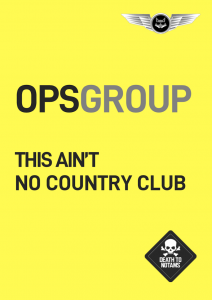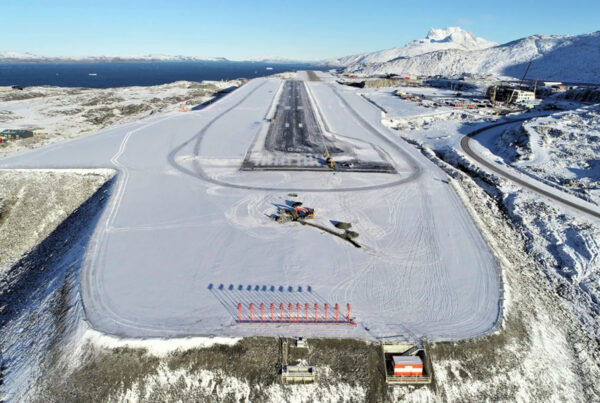On January 31, EASA withdrew its CZIBs for both Israel and Iran.
But the question remains – what does that actually mean for the safety of civil aviation there?
A word on EASA CZIBs.
A little context here helps.
- CZIB stands for ‘Conflict Zone Information Bulletin’ which EASA puts out when required using a combination of publications issued by worldwide states, and risk assessments performed by their own team called the Integrated EU Aviation Security Group.
- EASA shares information on conflict zones to help operators and member states make an informed decision whether to enter risky airspace or not.
- Unlike some state-issued airspace warnings, CZIBs are not legally binding. They are just recommendations. You can find a list of them here.
- On January 31, EASA made some changes to this list – namely, they cancelled the CZIBs for both Israel and Iran.
Why the change?
EASA has published a brief explanation here, but it doesn’t give much away.
Ultimately, they cite an improving risk environment due to ceasefire agreements between Israel, Hamas and Hezbollah along with a reduction in short-term regional tensions.
The CZIBs were originally published in November 2024 in response to unprecedented regional hostilities. It now seems EASA believes the situation has sufficiently come back off the boil.
Those in the know
While quick to re-affirm that some risks to aviation in the region are still present, the CZIBs have been replaced by Information Notes distributed to those on a ‘need-to-know’ basis – their words, not ours.
Existing State Warnings
EASA CZIBs (and their removal) have no direct effect on existing state-issued airspace warnings. This falls into the hands of policy makers who may wish to follow their advice.
With that in mind, you can find a full list of current state-issued airspace warnings still in effect for Iran here, and Israel here.
We still think Iran is potentially risky
Five years have passed since PS752 was misidentified and shot down by an air defense system near OIIE/Tehran airport. The country still possesses the same arsenal of advanced anti-aircraft weaponry today.
The sudden closure of the entire OIIX/Tehran FIR last year is proof of how quickly the risk picture can change for overflights.
While there may not be an intent to target civil aviation itself, agencies such as the US FAA continue to warn of the danger posed by unannounced military activity and mistaken identity – so much so that its existing airspace prohibition (by SFAR) has been extended all the way to 2027.
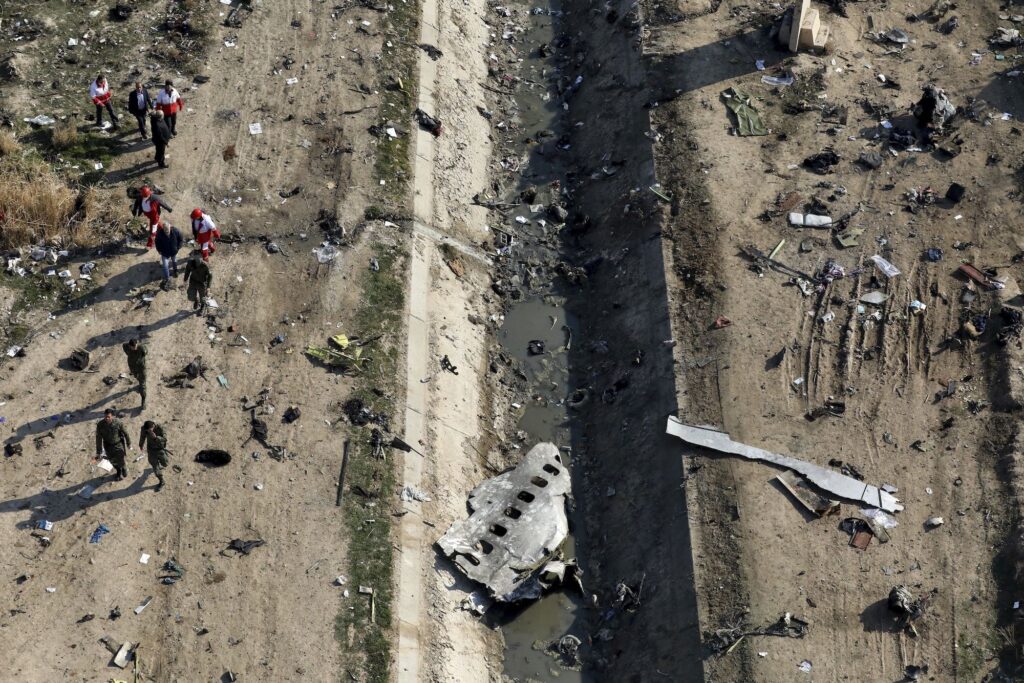
Five years have passed since the shootdown of PS752 over Tehran.
Operate to Israel with caution
In line with EASA’s advice, we have seen improving airspace safety in the LLLL/Tel Aviv FIR. Just recently we reduced our SafeAirspace.net risk rating for Israel from ‘Do Not Fly’ to ‘Danger Exists.’
This was in response to the same ceasefire agreements and a proven track record of maintaining airspace safety in close proximity to active conflict zones. This also reflected the decision of several major carriers to resume scheduled flights there.
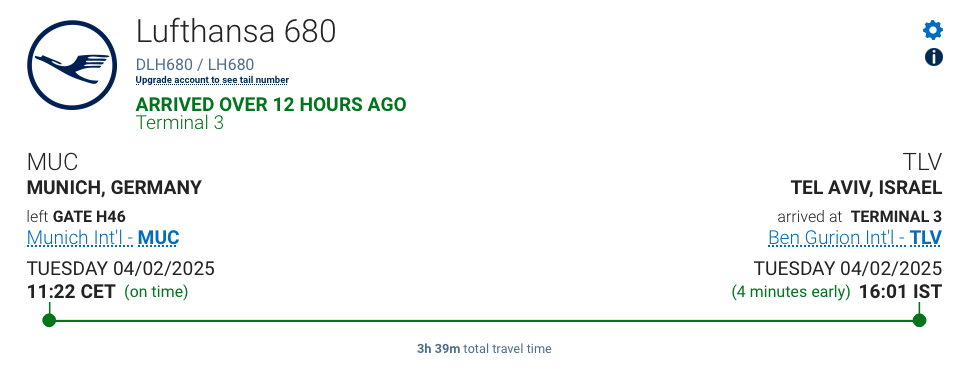
The return of major carriers to Israeli airspace reflects improving airspace safety.
However, the long-term outcome of these agreements remains unpredictable – along with potential for rapid escalation in risk to previous levels should the agreements fail. Recent events have proven they remain fragile.
For that reason, we advise operators to heed existing warnings and prepare for short notice airspace closures or reroutes in Israeli airspace.
What about Lebanon?
There was another change to EASA’s list of CZIBs that was easily overlooked.
Rather than withdraw it, EASA has extended its existing guidance for the OLBB/Beirut FIR until end of March 2025.
EASA explains that the country has not sufficiently proven capability to address existing risks – including the potential for renewed escalation between Hezbollah and Israel.
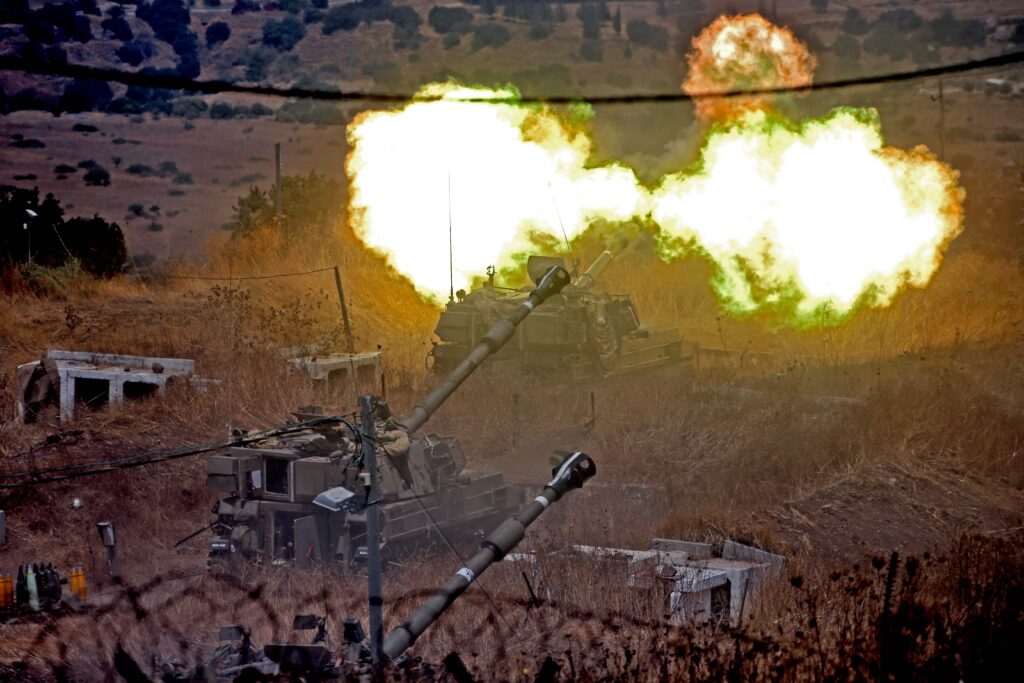
EASA doesn’t believe Lebanon has sufficient procedures in place to mitigate airspace risk in event of another major escalation between Israel and Hezbollah.
Without appropriate mitigating procedures to fall back on, the airspace should still be considered dangerous. Interestingly, EASA expressed similar concerns in its recent airspace warning for Western Russia following the downing of Azerbaijan Airlines 8243 on approach in Grozny.
As such, EASA continues to advise aircraft not to enter Lebanese airspace at all levels. Over at SafeAirspace.net, we also maintain a ‘Do Not Fly’ warning for the same skies.
Need more info?
We maintain a full database of state issued airspace warnings at SafeAirspace.net, where a full global briefing is available with a single click. You can also reach us on team@ops.group around the clock.
More on the topic:
- More: Ops to Europe: How to Get a Third Country Operator (TCO) Approval
- More: EASA Removes CZIBs: Middle East Risk Gets Harder to Read
- More: 2025 Update: BizAv Ops to Israel
- More: Russia: Aircraft Shot Down, New EASA Airspace Warning
- More: Lebanon Risk Update
More reading:
- Latest: More face scans at the US border for BizAv flights
- Latest: Greenland NAT Alternates: Dec 2025 Update
- Latest: Mexico Customs Surprises: Pills, Vapes, and Laptop Rules
- Safe Airspace: Risk Database
- Weekly Ops Bulletin: Subscribe
- Membership plans: Why join OPSGROUP?



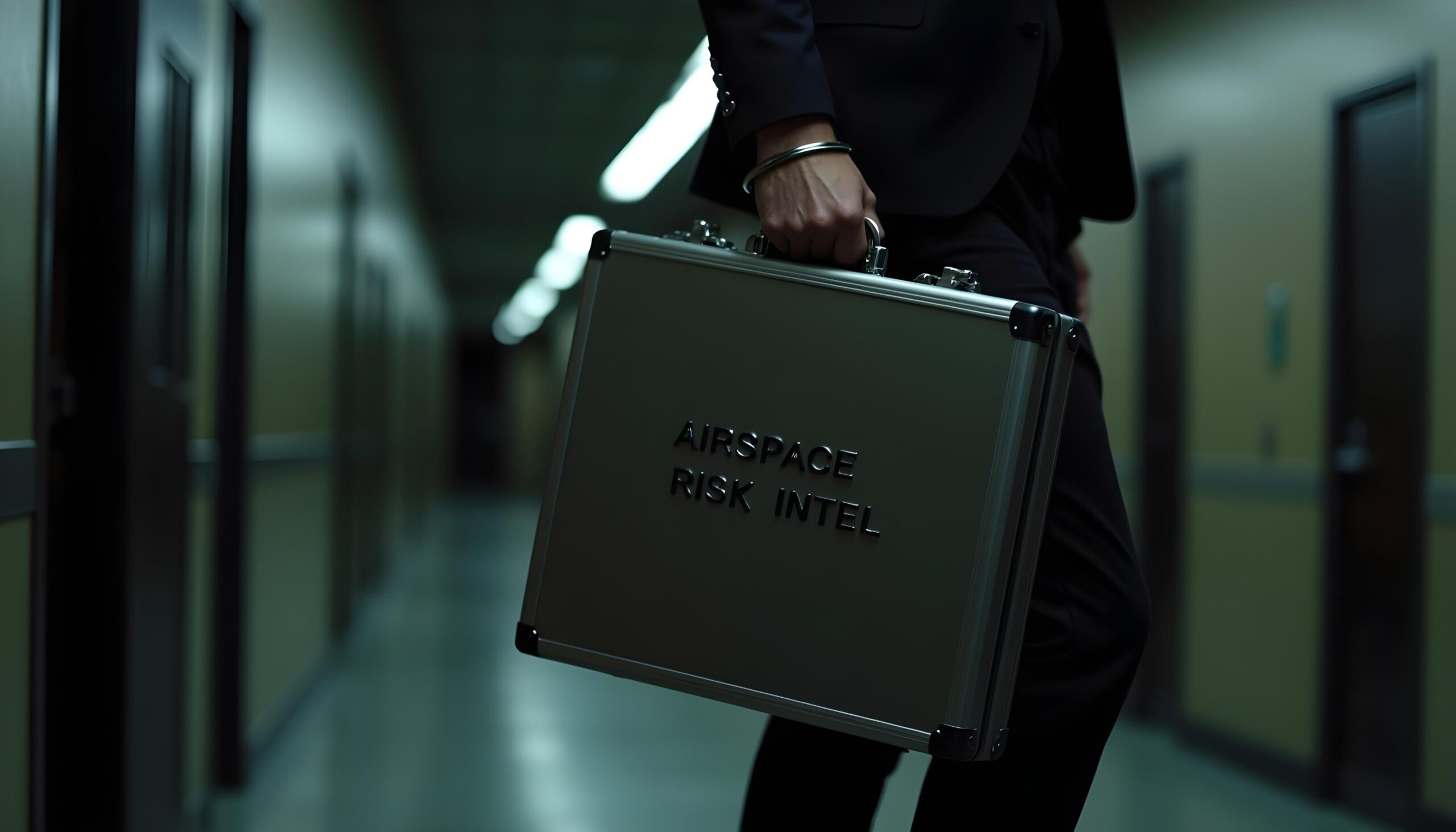







 Get the famous weekly
Get the famous weekly 